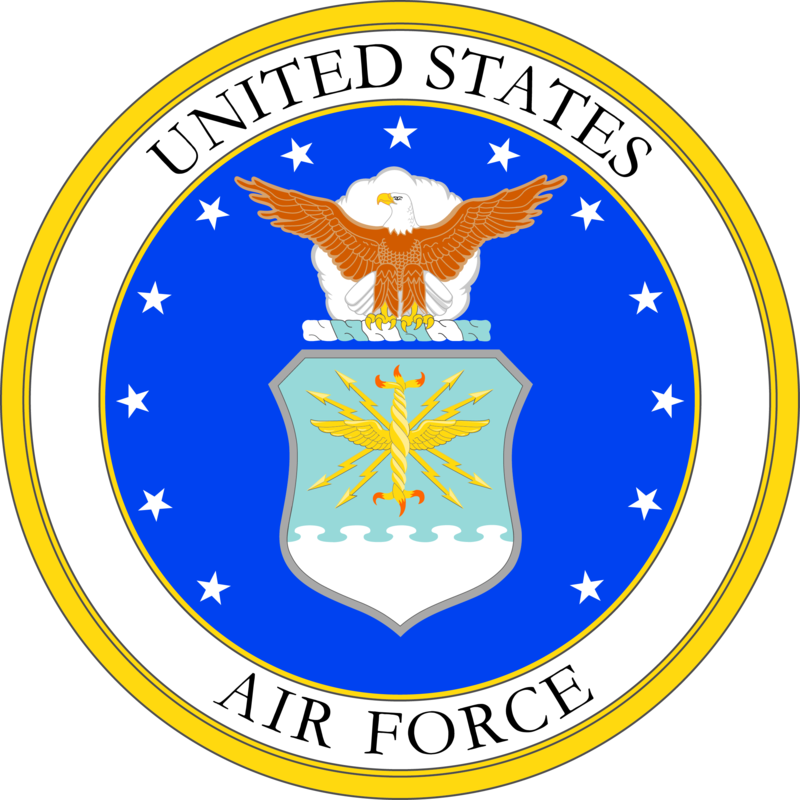ABOUT 632nd Air Control Squadron
- Origins: The 632nd Air Control Squadron (ACS) was originally activated as part of the United States Air Force’s efforts to enhance radar and air defense capabilities during the Cold War era.
- Mission: The primary mission of the 632nd ACS was to provide tactical command and control, radar surveillance, airspace management, and battle management for U.S. and allied air operations.
- Location: The squadron was notably stationed at Giebelstadt Army Airfield in Germany, playing a critical role in NATO’s air defense network in Europe.
- Cold War Role: During the height of the Cold War, the 632nd ACS maintained round-the-clock operations to monitor and intercept potential threats from the Eastern Bloc.
- Nickname: The unit was sometimes nicknamed “The Eyes of Giebelstadt” due to its constant surveillance and monitoring of European airspace.
- Technological Prowess: The 632nd ACS operated sophisticated radar and communication systems, including the AN/TPS-43 and later the AN/TPS-75 radar, which provided long-range air surveillance and tracking.
- Joint Operations: The squadron frequently worked alongside U.S. Army, NATO, and German forces during joint exercises and real-world operations, fostering interoperability and alliances.
- Desert Storm: Elements of the squadron supported air operations during Operation Desert Storm, providing vital air control and battle management functions.
- Deactivation: The 632nd Air Control Squadron was eventually inactivated in the mid-1990s as part of post-Cold War restructuring and the drawdown of U.S. forces in Europe.
- Legacy: Veterans of the 632nd ACS remain active in reunion groups and online communities, preserving the unit’s legacy and sharing stories of their unique experiences in air control and international defense during a pivotal period in history.

